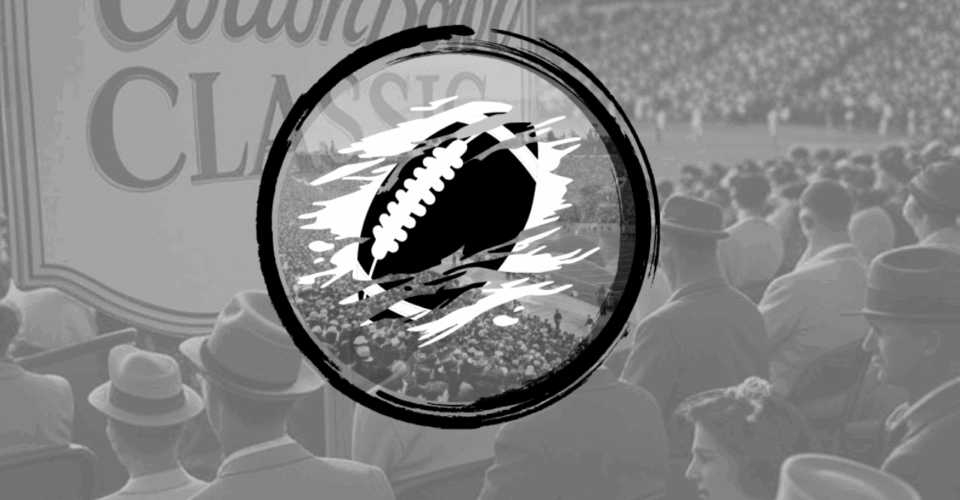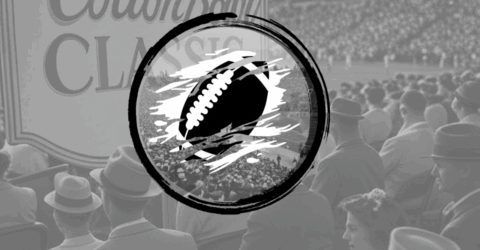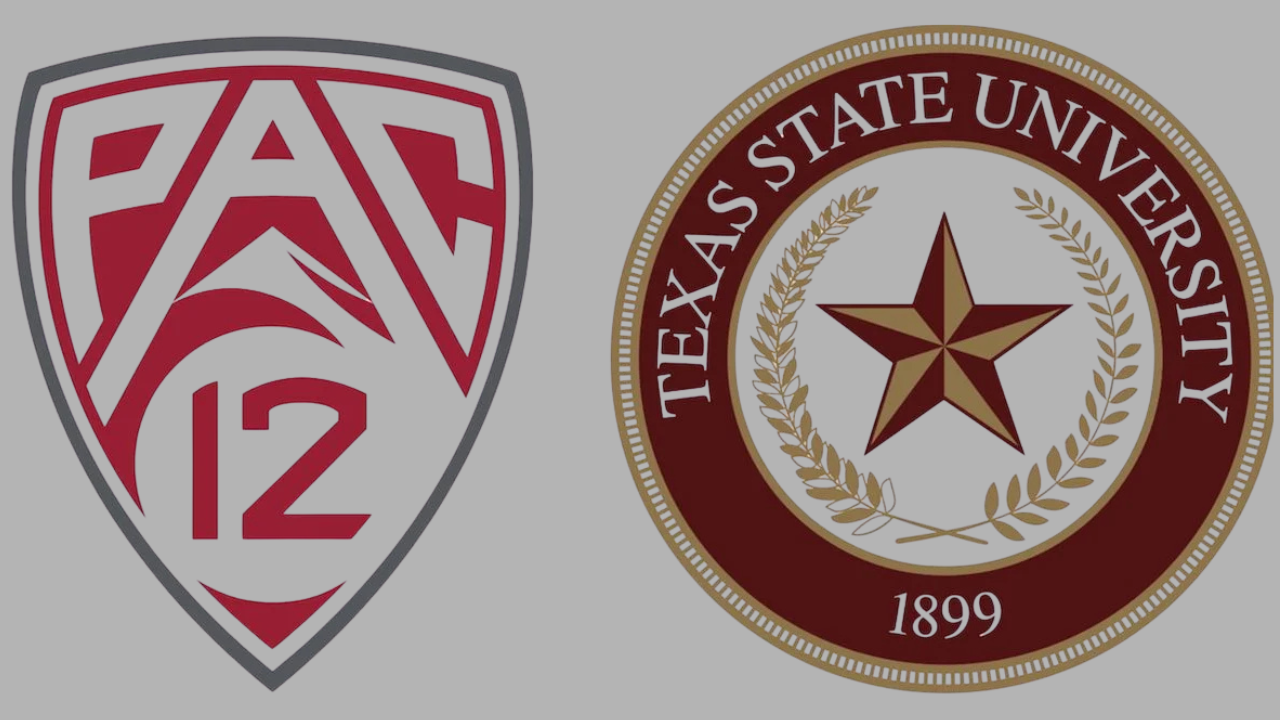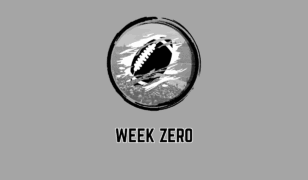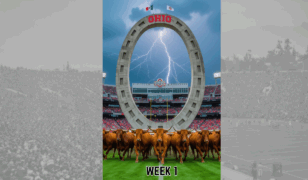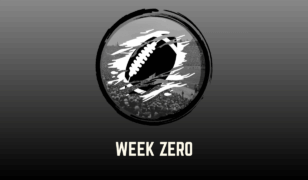In a pivotal move for college athletics, Texas State University has officially accepted an invitation to join the Pac-12 Conference as its eighth football-playing member and ninth overall, effective July 2026. This decision marks a significant step in the Pac-12’s ongoing efforts to rebuild after a tumultuous period of realignment that saw the departure of 10 legacy schools, including powerhouses USC and UCLA, to other conferences. The addition of Texas State not only secures the Pac-12’s status as a Football Bowl Subdivision (FBS) conference but also signals a bold new direction for both the university and the conference.
Now some of us remember the movie Necessary Roughness and the fictional Texas State Fighting Armadillos so do not get it twisted here. This is a real football playing school located in the growing city of San Marcos, Texas between Austin and San Antonio and it is considered an up and coming athletics department.
These folks, the Bobcats, used to be referred to as Southwest Texas State before rebranding as simply Texas State.
A Strategic Move for Texas State
Texas State, currently a member of the Sun Belt Conference, has been a rising force in college athletics, particularly in football. Under head coach G.J. Kinne, the Bobcats have enjoyed back-to-back 8-5 seasons, culminating in victories at the SERVPRO First Responder Bowl in 2023 and 2024. With an enrollment exceeding 40,000 students, Texas State is the largest institution in the restructured Pac-12, bringing a significant market presence in the football-rich state of Texas. Located in San Marcos, between Austin and San Antonio, the university is strategically positioned to tap into a passionate sports fanbase and a fertile recruiting ground.
The decision to join the Pac-12 was driven by several factors, including a more lucrative media rights deal and increased national exposure. The Sun Belt’s current media agreement with ESPN, primarily focused on ESPN+, pays member schools approximately $2 million annually. In contrast, the Pac-12’s new deal, anchored by CBS through March 2031 with additional partnerships with ESPN, Fox, and The CW, is projected to deliver between $7 million and $12 million per school annually. This financial boost, coupled with the opportunity to compete on a larger stage, made the move an attractive proposition for Texas State.
The timing of the decision was critical. Texas State finalized the agreement before July 1, 2025, when the exit fee to leave the Sun Belt would have doubled from $5 million to $10 million. The Texas State University System Board of Regents convened a special meeting on June 30, 2025, to formally approve the move, ensuring the Bobcats could transition cost-effectively.
Rebuilding the Pac-12
The Pac-12’s journey to this point has been nothing short of dramatic. After the departure of 10 schools in 2022 and 2023, only Oregon State and Washington State remained, leaving the conference on the brink of collapse. Rather than folding or joining a Group of 5 conference, the Pac-12, under the leadership of Commissioner Teresa Gould, opted to rebuild. The conference added Boise State, Colorado State, Fresno State, San Diego State, and Utah State from the Mountain West, along with Gonzaga, a non-football member from the West Coast Conference, in 2024. Texas State’s addition fulfills the NCAA’s requirement of eight football-playing members for FBS certification, securing the conference’s viability for 2026 and beyond.
Texas State’s inclusion is a strategic “buy-low” gamble for the Pac-12, as described by industry analysts. While not a household name like some of Texas’s Power 4 programs, Texas State’s growing enrollment, recent athletic success, and location in a football-crazed state make it a promising addition. The Bobcats bring a Central Time Zone presence, opening up new broadcast windows and enhancing recruiting opportunities, particularly for schools like Oregon State, which has historically tapped into Texas talent.
Implications for the Pac-12 and Beyond
The addition of Texas State has broader implications for the Pac-12 and the college sports landscape. For the Pac-12, it provides stability and a foundation to continue exploring expansion. Discussions about affiliate members, such as Saint Mary’s for basketball or Dallas Baptist for baseball, suggest the conference is not done growing. There is also speculation about other Texas schools, such as UTSA or Rice, potentially joining to create a regional hub and reduce travel costs for non-football sports.
The move also strengthens the Pac-12’s position in its ongoing rivalry with the Mountain West Conference. By securing Texas State and a lucrative media deal with Paramount (CBS’s parent company), the Pac-12 has gained leverage in settlement talks with the Mountain West, which lost five schools to the Pac-12. The new media agreement, combined with Texas State’s addition, positions the Pac-12 to compete as a top-tier Group of 5 conference, potentially outpacing rivals like the American Athletic Conference and Conference USA.
For the Sun Belt, Texas State’s departure is a significant loss. The conference is now scrambling to find a replacement, with Louisiana Tech and Western Kentucky emerging as leading candidates. This move could trigger further realignment ripples, as Conference USA and other Group of 5 conferences adjust to the shifting landscape.
What’s Next for Texas State and the Pac-12?
Texas State’s transition to the Pac-12 will begin in the 2026-27 academic year, with the Bobcats’ first football game as a Pac-12 member scheduled against the University of Texas in 2026. The Pac-12 must now finalize its football schedule and decide whether to stage a conference championship game. The addition of Texas State, alongside established programs like Boise State and basketball powerhouse Gonzaga, gives the Pac-12 a diverse and competitive roster as it seeks to reclaim its place in college athletics.
For Texas State, the move represents an opportunity to elevate its profile and compete on a larger stage. The Bobcats’ recent success, growing fanbase, and investment in athletics signal a program ready to take the next step. As the Pac-12 continues to rebuild, Texas State’s inclusion marks a turning point, offering a glimpse of a revitalized conference ready to make waves in the ever-evolving world of college sports.
What will the Sun Belt do?
The Sun Belt is an excellent Group of Five league and will have no trouble finding a replacement. There were rumors about East Carolina, now a member of the American, potentially replacing the Bobcats. But most reports say that either Louisiana Tech or Western Kentucky, both of which are currently in Conference USA, are in line to become the league’s 14th member. Both programs have enjoyed success across the board in college athletics through the years and would make logical sense.
Though, let’s be clear, the Pirates would be attractive as well. People do not realize that East Carolina football plays in a 50,000-seat stadium, has a loyal, rabid fan base and big time tradition in football and has for decades. Also, the Pirates baseball program is nationally relevant year in and year out.
The Pac is NOT Back
This has to be a tough pill to swallow, especially for fans or Oregon State and Washington State. There was a time early in the previous decade during the first round of seismic conference realignment (2011) when the Pac-12 could have had the University of Texas, Texas A&M, Texas Tech, Oklahoma and Oklahoma State from what was then the Big 12. That undoubtedly would have kept the Big Ten from poaching Southern California, UCLA, Oregon and Washington and thus ironically sending everyone but the Beavers and Cougs to the… Big 12, which has since lost the Sooners and Longhorns, along with the Aggies and Missouri the first time around, to the Southeastern Conference.
Crazy world, isn’t it.
This is not a magic bullet for the Pac-12.
UNLV? What happened?
We aren’t so sure the Pac-12 could not have made better long-term choices here, either. Why wasn’t it able to land UNLV? Some sources believe it is because it’s only a matter of time before the Rebels join Utah, BYU, Arizona, Colorado and Arizona State (the corner schools) in the Big 12. Obviously that’s a Power Four league and the financial windfall for Vegas would be transformational. Plus, when it comes to college basketball, aligning with the Big 12, which features traditional powerhouses like Kansas and Arizona, along with up and comers like Baylor and Texas Tech, plus a glutton of historically good hoops programs like Cincinnati, Iowa State, Kansas State, Oklahoma State and West Virginia, would probably help facilitate a rebirth of UNLV as a major player in college basketball, something the school has not had since the Jerry Tarkanian era.
Indeed Kansas-UNLV at the Thomas and Mack Center would be a tough ticket. Much tougher than say Colorado State or Air Force.
Flagships?
Also this move probably would not make sense money-wise, but a cautionary tale from the Atlantic Coast Conference for not adding flagship universities in certain states should be studied. The ACC expanded with Pitt, Syracuse and Boston College for two major reasons- academic alignment and cable television eyeballs. That led to the bloated football product you see in that league now, which for a time had every school with a football brand wanting out as cord-cutting ended up rendering expansion into the northeast to not as valuable status. Do we think they maybe wish they would have added… oh who knows? West Virginia. The Mountaineers are one of the 30 most winning programs in the history of college football.
You have to look down the road a bit. Texas State is hot right now because Kinne is leading the Bobcats to wins on the field. That can changed in an instant. Why not kick the tires on Montana? That state is growing and the Grizzlies are a powerhouse in FCS. Frequent JC and Morgan guest Tom Luginbill once remarked that a home game at Montana is similar to LSU.
Even New Mexico and Wyoming are safe long term bets even if they bring little to the table right now. The state of New Mexico isn’t growing much now after experiencing a population increase, but it’s still in a good market. Wyoming is growing a moderate pace.
Circling back to Nevada- UNLV fans do not agree and it’s debatable- but Nevada-Reno (known as Nevada) is in a state that is growing. Granted most of it is in Vegas, but still there was no thought given to even a package deal?
There’s something to be said for those types of flagship brands. The SEC prefers that when expanding we are told. Why not look 20-30 years down the road and re-establish a great western college athletics conference?
We know there will be disagreement here because across the board in college football- fans, athletic directors, conference leaders and especially university presidents are really only worried about next week not five years from now, even though reality warns against that.
Silly Stanford and Cal
Cal and Stanford joined the ACC. That’s great for those ACC leaders who are academic snobs. We are told that the league’s forever side piece Notre Dame pushed both through.
The Bears and Cardinal have squandered an opportunity athletically to establish west coast dominance in sports over the same pile of fake BS- “academic alignment”- so tell us how having your volleyball team fly across the country during the week from SFO or OAK to RDU and back aligns with academic excellence?
Both Bay Area schools have been competitive enough through the years in the revenue generating sports, not to mention that the Cardinal athletics department historically has been one of the gold standards nationally, to where they could have risen to the top while their former conference mates in Los Angeles and the Pacific Northwest become outposts for a conference that will always have a power center in Chicago and the Midwest.
Ask Nebraska.
Why not merge with the Mountain West?
Speaking of egos and snobbery, on what planet do we currently need both a Mountain West AND a Pac-12? The chances of either league ascending on its own are way less than a combined, united western front in college athletics.
There’s no reason why a deal could not be done and now there is litigation over a fleeting scheduling agreement.
What a shame.
But really…
None of the commentary here has anything to do with Texas State being a worthy selection for the Pac-12, which had to get to eight football playing members in order to compete in 2026. Hats off to the Bobcats fans, alums, coaches, athletes and administration for the hard work put in to making this happen.
Getting into the Texas market is always a good thing. Texas State is a lot like a UCF or a Charlotte school-wise and in some ways its location makes it even more valuable from a brand standpoint because its not located in a pro market so to speak unless you count San Antonio… it’s more like San Antonio-adjacent. TSU has a load of students and alums and is located in a hotbed state for football. We totally get it.
We just believe that in addition to Texas State there could have been a way better western response to the B1G sticking a knife in the back of its historically obedient little brother (the Pac-12) than this fractured, ego-driven, common sense free approach that seems to divide everything up into fiefdoms that will not be able to compete with anyone else rather than a grand vision of a major college athletics rebirth in the western portion of the country.
